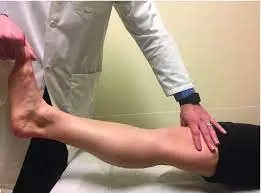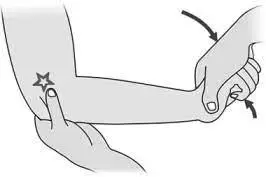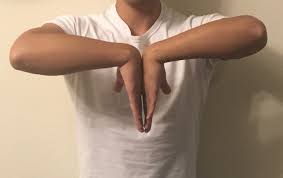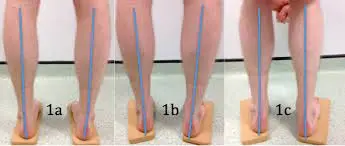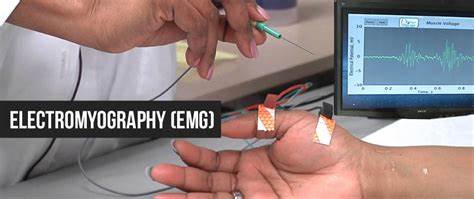External Rotation Recurvatum Test
Table of Contents
Introduction
The External Rotation Recurvatum test to measure posterolateral instability of the knee joint is a general assessment of external rotation of the femur that occurs with knee hyperextension and stabilization of the femur.
Purpose
To document the tibiofemoral joint sagittal plane relationship in patients with posterolateral knee instability and positive external rotation recurvatum test findings and to determine potential injury patterns associated with this test.
How do you perform an external rotation recurvature test?
The patient lies supine with the examiner standing next to the patient with one hand stabilizing the distal femur and the other grasping the big toe/medial foot. The examiner passively extends the knee, keeping the femur stable on the table. The test transformation is described as:
Holding the heel, the examiner bends the knee 40°. The opposite hand grasps the back side part of the knee. The examiner passively extends the knee while observing external rotation and hyperextension relative to the opposite limb.
What is a positive external rotation recurve test?
A positive test if there is a significant difference in hyperextension, femoral external rotation, and varus alignment between the two knees. A positive test indicates:
Posterolateral corner trauma,
ACL sprain,
Posterolateral rotational instability.
Holding both feet with the big toe and raising the legs can cause the knee to hang in varus deformities and posterolateral instability with external rotation.
Reliability
Note that the test essentially detects anterior translation of the femur into the tibia. Positive findings are strongly associated with combined ACL and posterolateral corner injury.
In a randomized controlled trial, the sensitivity and specificity of this test were:
Sensitivity: 3-33%
Specificity: 94-99%
Notes
Injury to the posterior corner might be challenging to diagnose. One of the earliest clinical tests to be reported for diagnosing these injuries was the external rotation recurvatum test. A positive external rotation recurvature test should inform the medical professional that an anterior cruciate ligament and posterolateral knee injury are likely co-occurring. Stiffness and spasm of the femur and hemimembrane may mask a positive external rotation recurvature test in acute or chronic conditions.
The external rotation recurvature test is negative if the anteromedial and middle bundles of the anterior cruciate ligament are intact when they contact the interarticular shelf.
It is important for the investigator to understand that a positive finding does not necessarily indicate any pathology, but may simply represent a person’s normal ability to stretch the joints.
Several other selective tests have been shown and documented to detect posterolateral corner injury and/or posterolateral rotational instability (PLRI) of the knee. These techniques are based on femoral tibial subluxation and/or reduction. These tests that replicate tibial subluxation include:
The external rotation dial test,
The external rotation recurvatum test,
The posterolateral drawer test,
The reverse-pivot shift test.
Conclusion
Posterolateral knee angle injuries are often difficult to diagnose, and therefore the correct interpretation of relevant clinical knee examination results is important. In the case of posterolateral knee injuries, the interpretation of a positive external rotation recurvatum test outcome must be redefined to indicate that the tibia is actually anterior to the femur, clinically increasing the genu recurvatum. Further, a positive external rotation recurvature test result should alert the clinician to a likely combination of posterolateral knee and anterior cruciate ligament injury.
FAQ
For the external rotation recurvatum test, the patient is positioned. The examiner then suspends the limb from the big toe and holds the thigh down toward the examination table while assessing knee hyperextension, varus angle height, and knee external rotation. For comparison, an uninjured knee.
Specifically, the sensitivity of the external rotator cuff test for ACL-PCL injuries was reported to be 30%, while the specificity was 100%. The load-bearing test is performed with the patient in the supine position, with the proximal femur stabilized on the examination table.
Reference
O. (2022, May 24). External Rotation Recurvatum Test | OrthoFixar 2023. OrthoFixar. https://orthofixar.com/special-test/external-rotation-recurvatum-test/
Griffith, C., Ly, T. V., and LaPrade, R. F. (2008). Review of the External Rotation Recurvatum Test. Journal of Sports Medicine in America. https://doi.org/10.1177/0363546507311096

